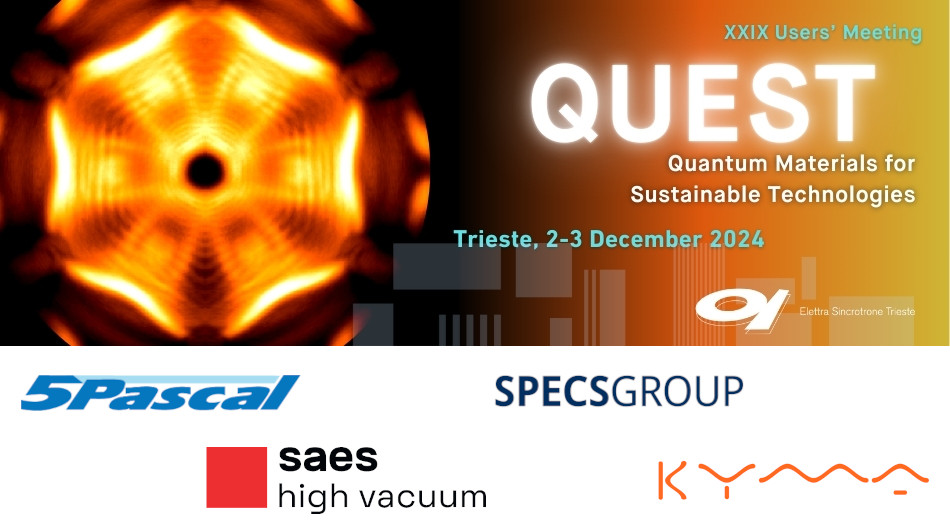Conveners
Session 1: part 1
- Polina Sheverdyaeva
Session 1: part 2
- Silvano Lizzit
The combination of nontrivial band topology & magnetism results in a wide variety of exotic electronic phases that -if realised at high temperatures- could revolutionise fields like spintronics or low-power consumption electronics. The new, second-generation ferrimagnetic compound Mn$_{1+x}$Sb$_{2-x}$Te$_4$ (0.1 ≤ x ≤ 1, abbreviated here as MST) promises to host the quantum anomalous Hall...
One of the limitations in exploiting the spin injection and transport properties of graphene is its strong electronic interaction with magnetic contacts. The π-states form complex and non-linear hybrid states when graphene is interfaced with 3d magnetic materials, such as Fe, Co, and Ni. Using density functional theory calculations and angle- and spin-resolved photoemission spectroscopy, I...
Large gap atomic quantum spin Hall insulators (QSHIs) grown epitaxially on SiC(0001) are promising candidates for spintronics at room temperature. The newly discovered QSHI indenene, a triangular monolayer of indium, exhibits a 120 meV gap and substrate-matched monodomainic growth yielding high quality films on the technologically relevant 𝜇m scale. Orbital interference on the lattice triangle...
The increasing interest in quantum technologies calls for purpose-designed nanoscale structures at surfaces. In my talk I will focus on tailored-made molecular structures that are made for two very different purposes: firstly, self-assembled molecular layers engineered for orbital cinematography, i.e., spatial and temporal imaging of electron dynamics in molecules at their intrinsic time...
The unusual properties of superconductivity in magic-angle twisted bilayer graphene (MATBG) have sparked enormous research interest. However, despite the dedication of intensive experimental efforts and the proposal of several possible pairing mechanisms, the origin of its superconductivity remains elusive. Here, using angle-resolved photoemission spectroscopy with micrometer spatial...
Two-dimensional (2D) materials offer a versatile platform for exploring novel quantum phenomena and designing nanostructures with tailored functionalities. However, techniques such as photoemission spectroscopy, commonly used in 2D material studies, impose strict requirements for sample quality, uniformity, surface cleanliness, and size. Achieving these standards via traditional mechanical...

